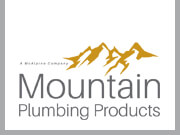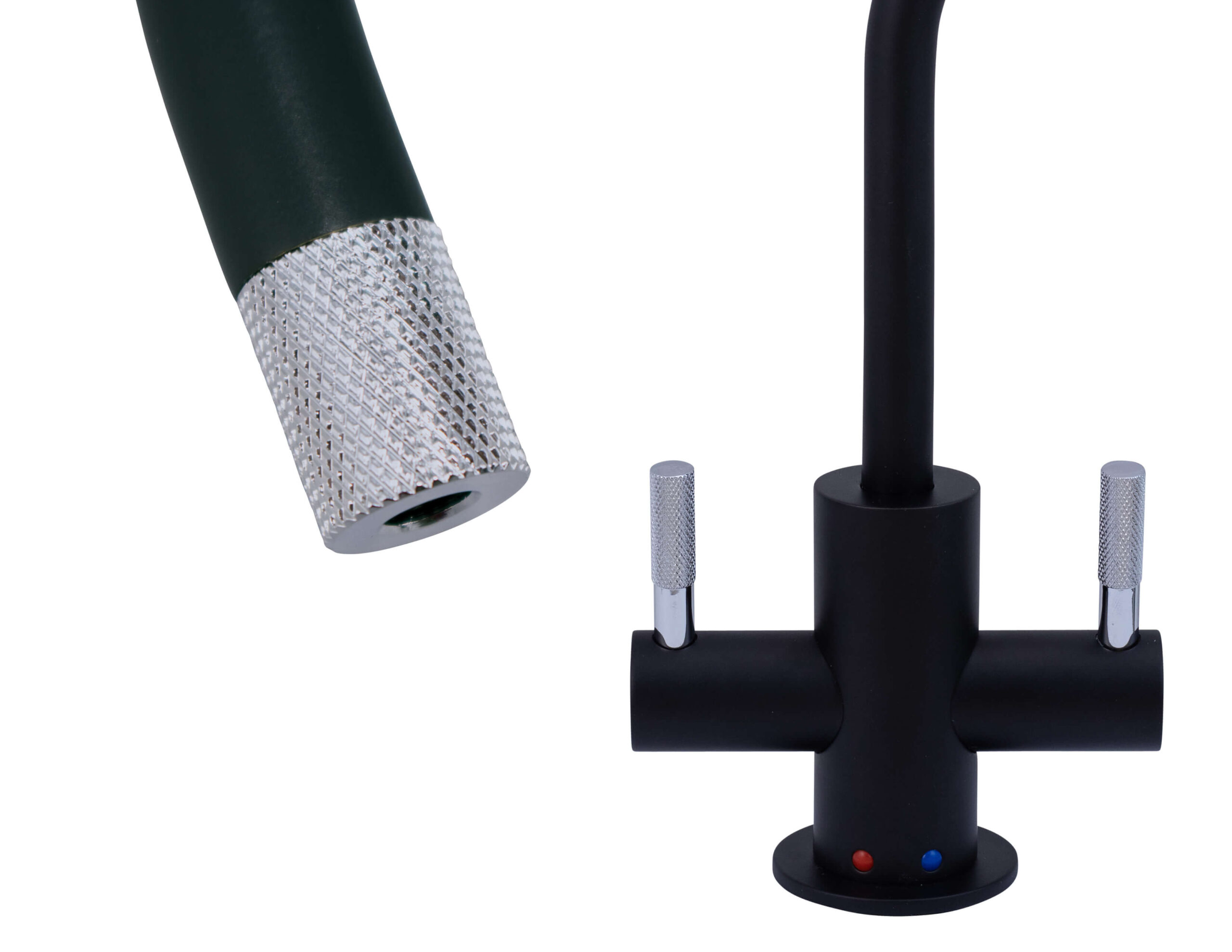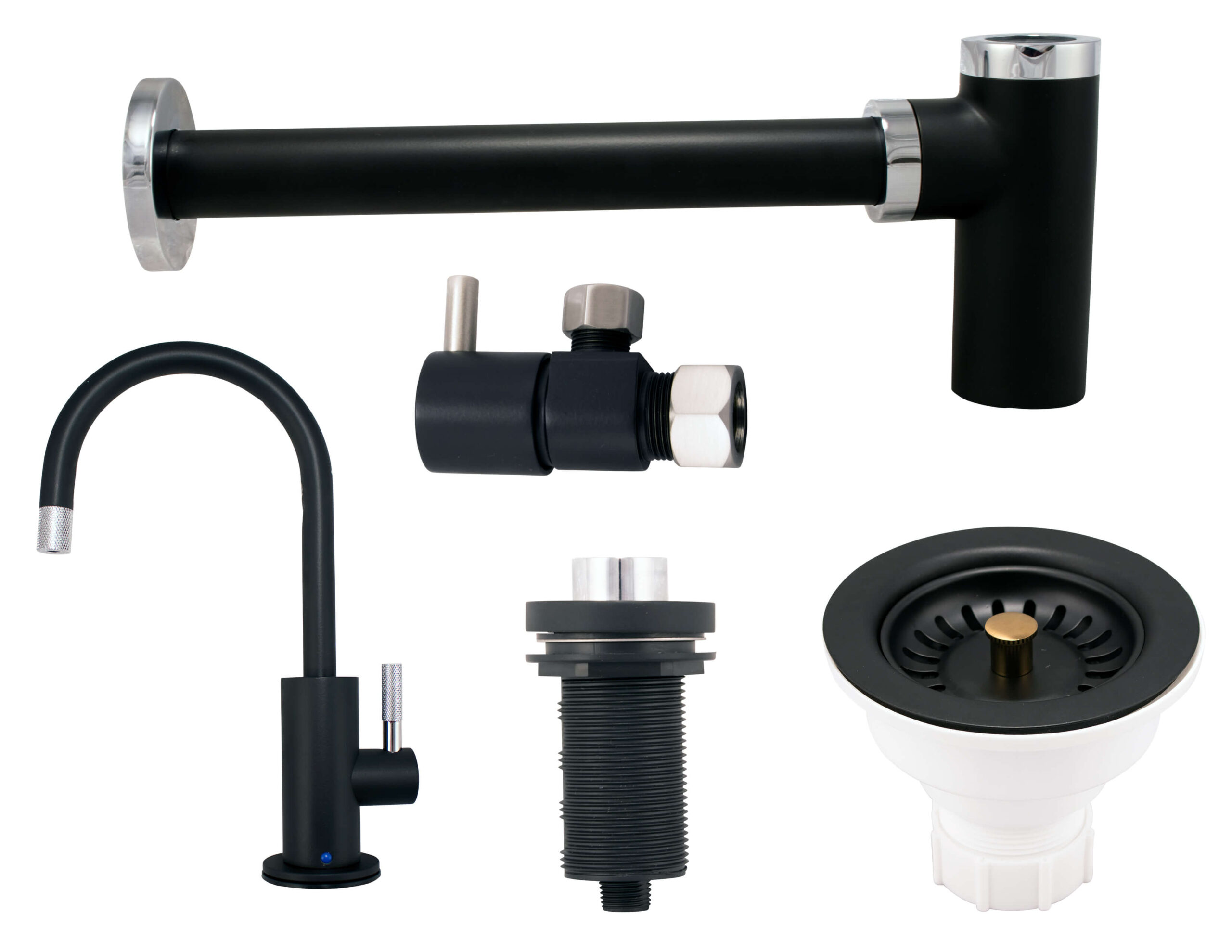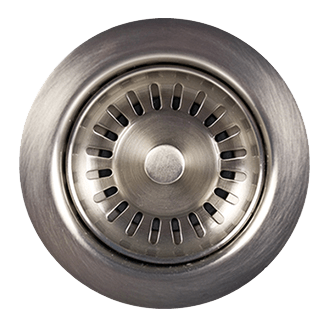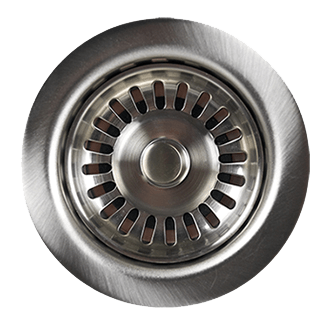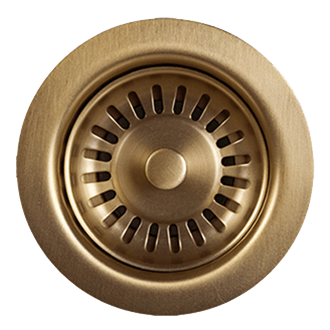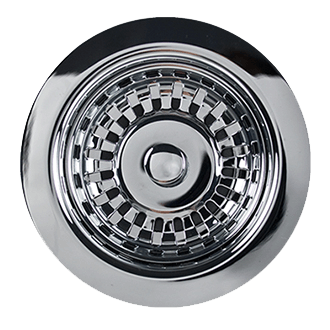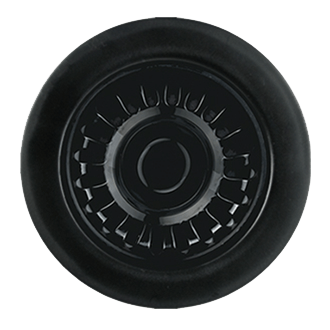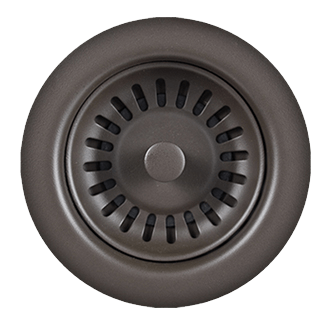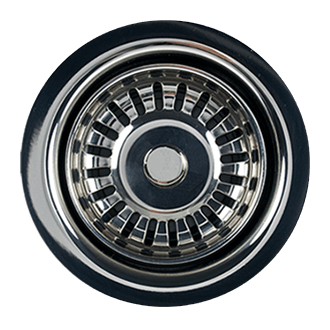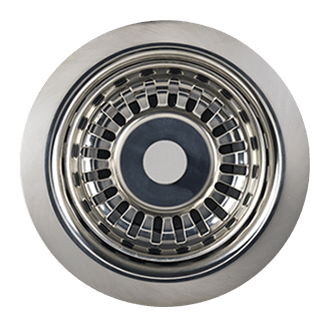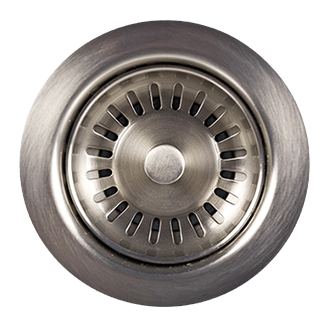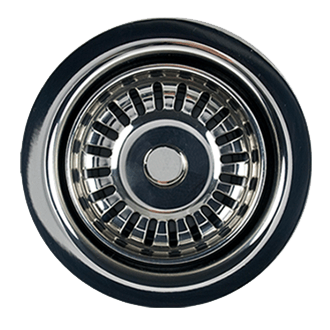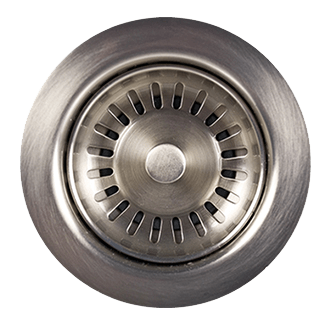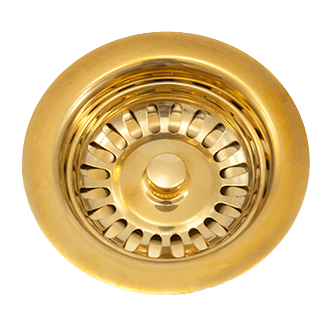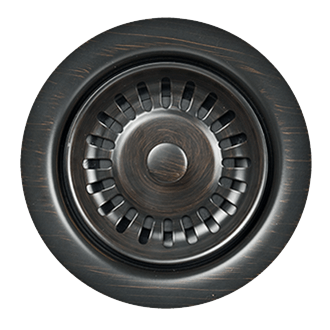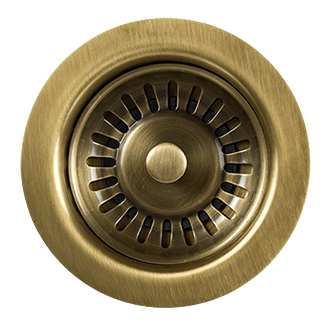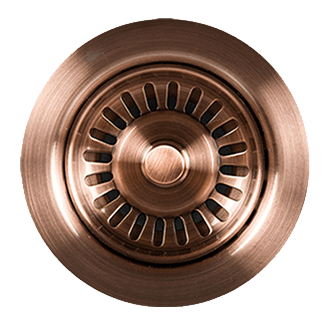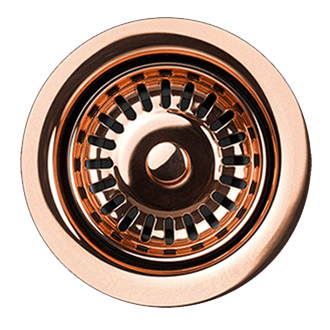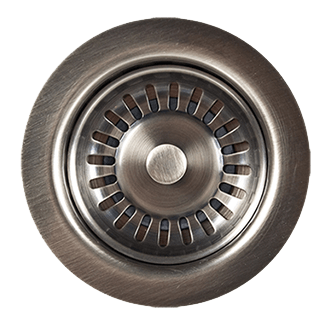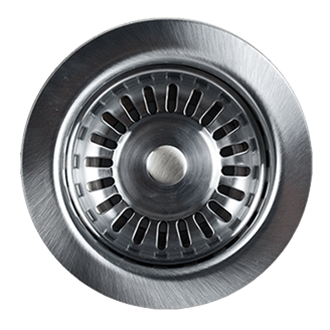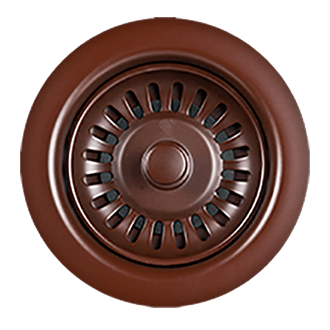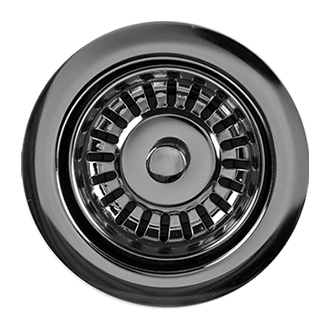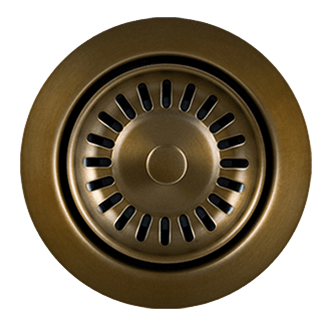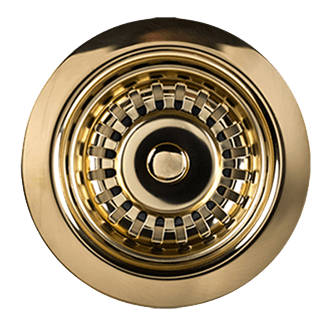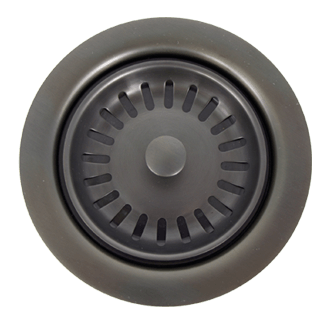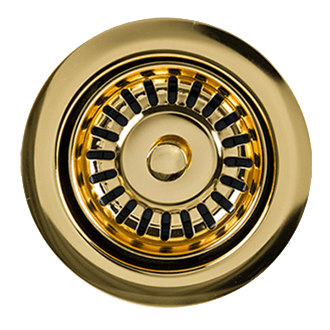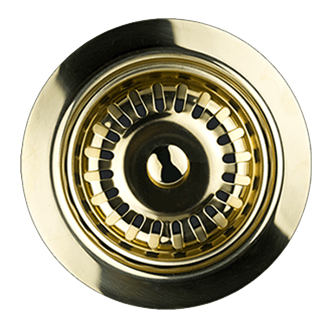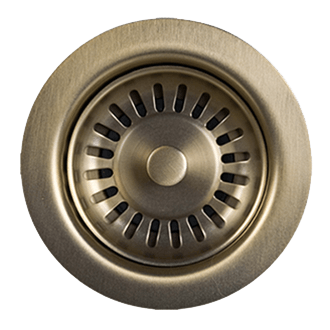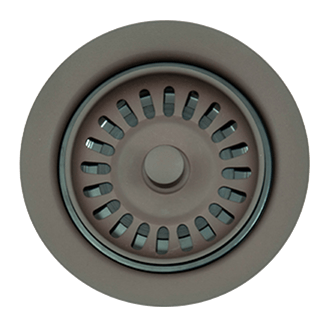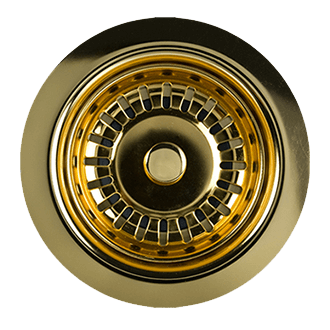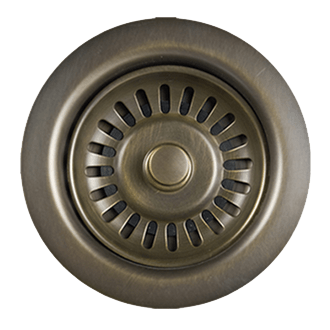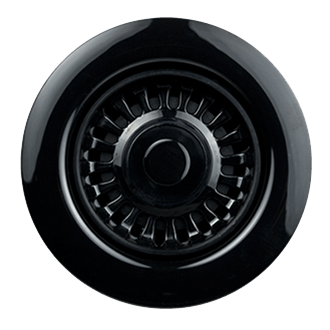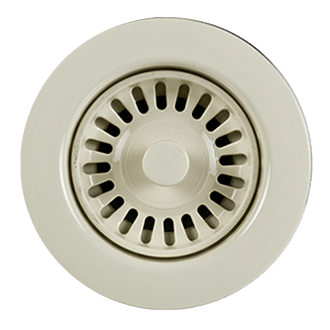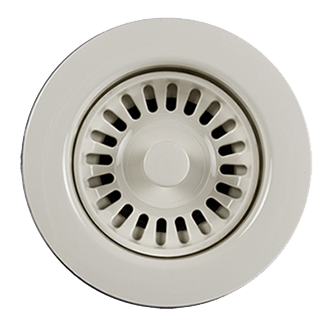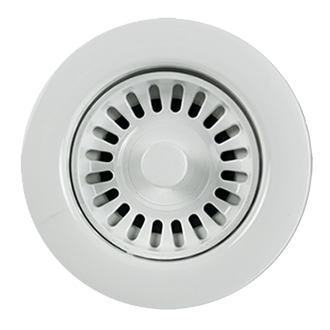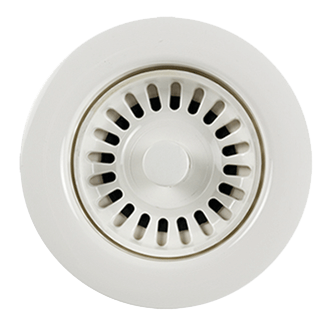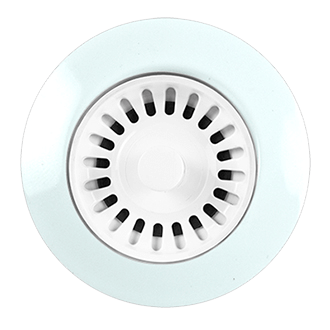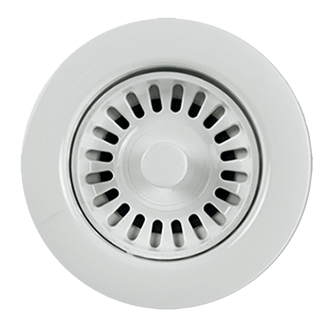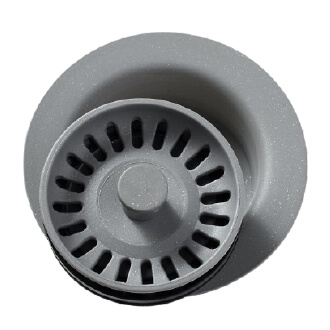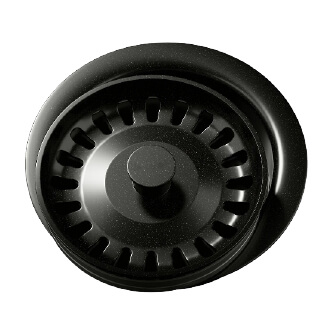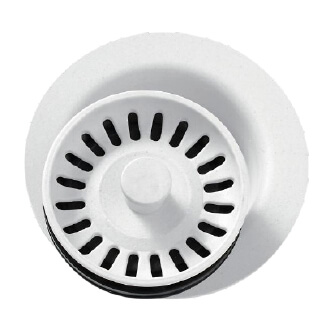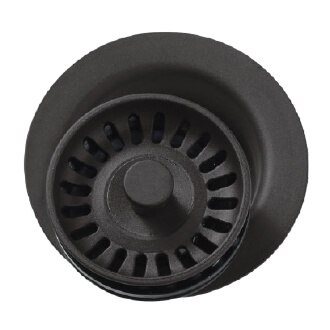After knowing the size, material, and finish of your Bath Waste and Overflow, you will be all set to order and install.
Product Category Education
Special Product Features
Product Buying Guides & FAQ
Project Planning
Product Category Education
Bath Waste & Overflow
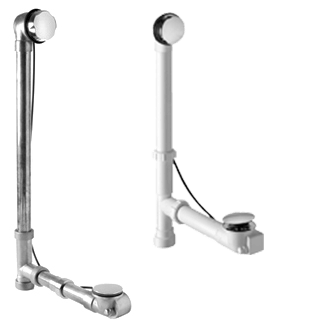
The Bath Waste and Overflow (BWO) is an important part of your bathtub. It is a fixture that has both a stoppable drain and an “overflow” portion that allows water to drain away before it overflows at the top rim. “Bath Waste” refers to the used water after you take a bath or shower. It is effectively the drain, it just uses different language in its title. A Bath Waste and Overflow generally has a stoppable drain – this is what makes it possible for the tub to fill with water when you want to take a bath.
When upgrading bathroom fixtures and using a contemporary finish, one of the most difficult products to find can be none other than the Bath Waste and Overflow assemblies. But all is not lost because you can find the perfect one for your bathroom that is both functional and enhances the decor!
There are three things you need to know when getting a BWO:
- What size you need.
- What material you need.
- What finish you want.
Below are some tips to help you get moving so you can quickly and easily get the Bath Waste and Overflow that’s right for you.
1. Selecting a Size
All you need to know are the ABC’s of your tub, just take a look at the diagram so you know what these three key measurements are.
- A: “Drain Shoe” – This is the distance from the center of the drain to the surface the overflow will be mounted on. You can usually get this from the technical specifications of the manufacturer or measure it in the actual tub.
- B: “Overflow Depth” – This is the reverse of the drain shoe, so it is the distance from the center of the overflow to the surface of where the drain will be mounted or you can measure it in the actual tub too.
- C: “Tub Depth” – Simply how deep the tub is. This is not as crucial and is usually just used as a rough guideline for selection and should not replace using the measurements of the Drain Shoe and the Overflow Depth for selection.
Once you have these measurements (either from the specifications or by hand measuring), take them to your sales rep and you are off and running!
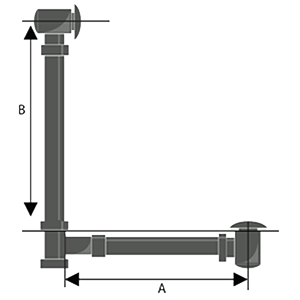
2. Selecting Your Material
The one main thing to be aware of is that the material you need to use for your Bath Waste and Overflow is not really your choice to make. You need to comply with local codes, so be sure and check with a professional contractor if you need to on this. Below are the materials that are available for this job:
- ABS – Acrylonitrile, Butadiene, Styrene is a plastic that’s hard and durable through a broad range of temperatures.
- BRASS – a yellowish alloy of copper and zinc used for decorative items.
- PP – Polypropylene, a plastic polymer of propylene, is used chiefly for molded parts, electrical insulation, packaging, and fibers for wearing apparel.
- PVC – Polyvinyl Chloride, a widely used thermoplastic polymer, is tough, dent-resistant; an electrical and thermal insulator; and maintains properties over long periods of time.
3. Selecting Your Finish
The finish is the part of the project that is completely up to you. You can match the parts of the fixture to the other hardware in your new or updated bathroom to create a beautifully cohesive look. Match your design with a variety of available finishes!
